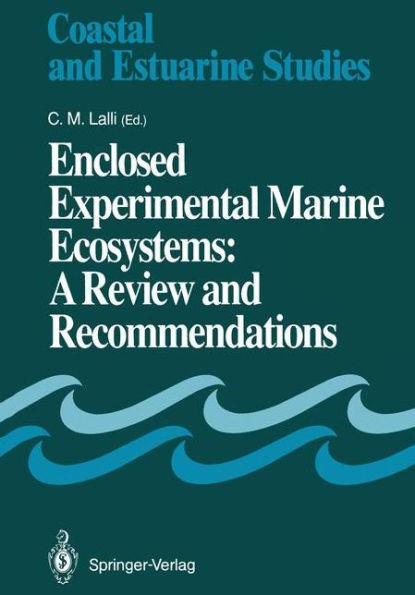The application of mesocosms, defined in this report as artificial 3 3 experimental enclosures ranging in size from 1 m to 10m , to address various problems in the marine sciences has been a relatively recent development. The application of the technology was dictated by the realization that many important ocean processes and interactions cannot be fully understood from observations in the natural environment or in smaller enclosures. Such studies involve, for example, determining the interactions between, and energy transfer from, one trophic level to another, the biogeochemical cycling of elements and compounds, etc. These and similar interactions and rate processes cannot normally be established in situations (nature) where the detection and quantification of rate processes are confused by advection and/or the inability to study the same populations over time. In the case of microcosms, mixed populations of primary producers, consumers, and carnivores cannot be maintained, in balance, for a sufficient length of time to determine normal interactions between the various components of these trophic levels. This report, prepared by SCOR Working Group 85, critically examines past applications of mesocosms to ocean research, though there is no attempt to comprehensively review all literature relevant to the subject. Further, the report outlines some important advances emanating from their use and provides recommendations for future applications. It constitutes the first of two reports from the Working Group (see Introduction).



